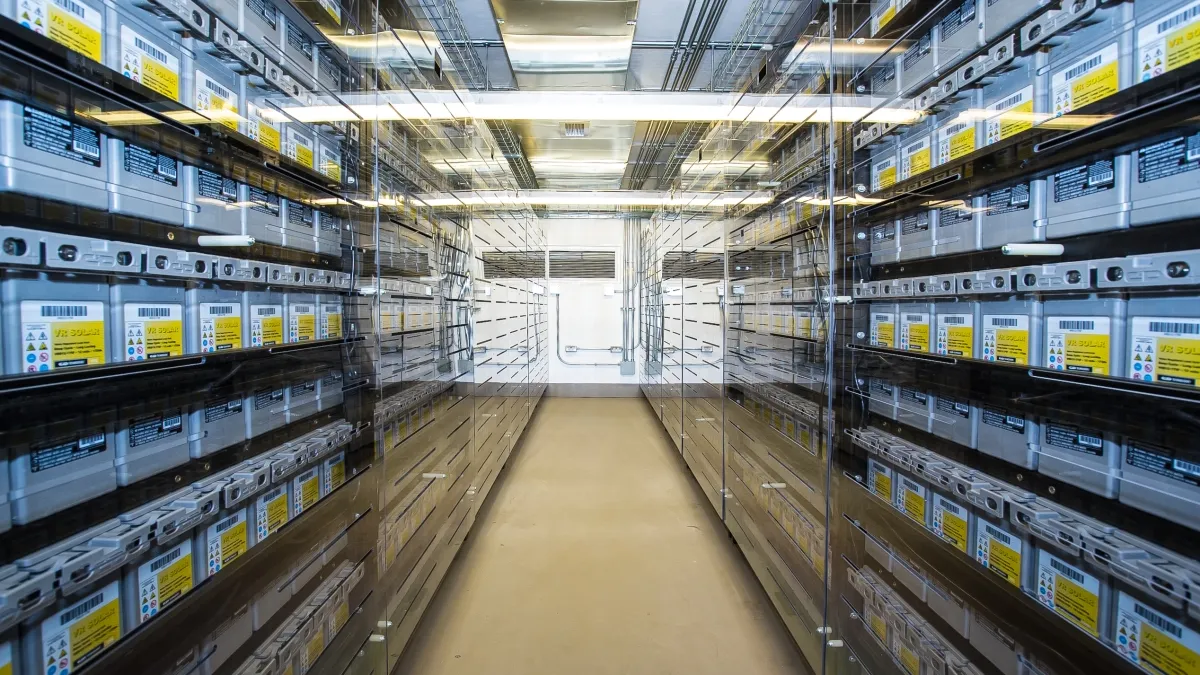Correction: This post has been updated to clarify that GE has created an energy storage unit within GE Power. It hasn't created a standalone storage company, as initially reported.
Dive Brief:
-
General Electric has taken a new tack on energy storage, making it a new internal unit within GE Power.
-
The new unit combines some personnel from GE’s Current business unit and microgrid experts from Alstom, which GE acquired in 2015.
-
In the new structure, the new GE unit will have a tighter focus on commercial and industrial customers.
Dive Insight:
Late last year, GE announced a restructuring effort that included $20 billion in divestitures and marked the industrial conglomerates continuing effort to strike the right balance of businesses.
The restructuring organizes the company around three key industries: healthcare, aviation and power generation. The company is now honing its approach within its GE Power unit by putting its energy storage business into a separate unit.
“We have the direct attention of our CEO,” Mirko Molinari, global commercial and marketing executive for energy storage at GE Power, said at at GTM's Solar Summit Mexico. “We're bullish on storage as part of our broader portfolio.”
GE recently announced a deal with Arenko Group for a 41 MW battery project in the U.K.’s Midlands region. The project is slated to come online in 2018 and will supply on-demand power to about 100,000 U.K. homes.
Last spring GE teamed up with Southern California Edison (SCE) for what they said at the time was the world's first battery-gas turbine hybrid system. The hybrid unit, in Norwalk, Calif., integrates a 10 M W/4.3 MWh battery energy storage system with a 50 MW gas turbine.
GE says it has a broad focus on where and how storage solutions can be applied across the energy sector from centralized power centers to remote settings. “We can make them work with traditional generation like the project with SCE, as standalone systems like the project with Arenko, and as systems that can be paired with renewable sources as well,” a GE Power spokesman told Utility Dive.
GE entered battery manufacturing in 2007 when it launched its Durathon brand, but later realized it did not have the scale to compete with larger manufacturers.
GE also tried allying its energy storage efforts with its Current division that provides efficient lighting and other services, but those efforts were scrapped when Current was restructured in December 2016.
The move comes as GE’s power unit is facing the challenges of slack demand from power and greater penetration of renewable energy resources. GE Power in December announced plans to lay off 12,000 jobs in the division. GE’s renewable business is not part of GE Power.














